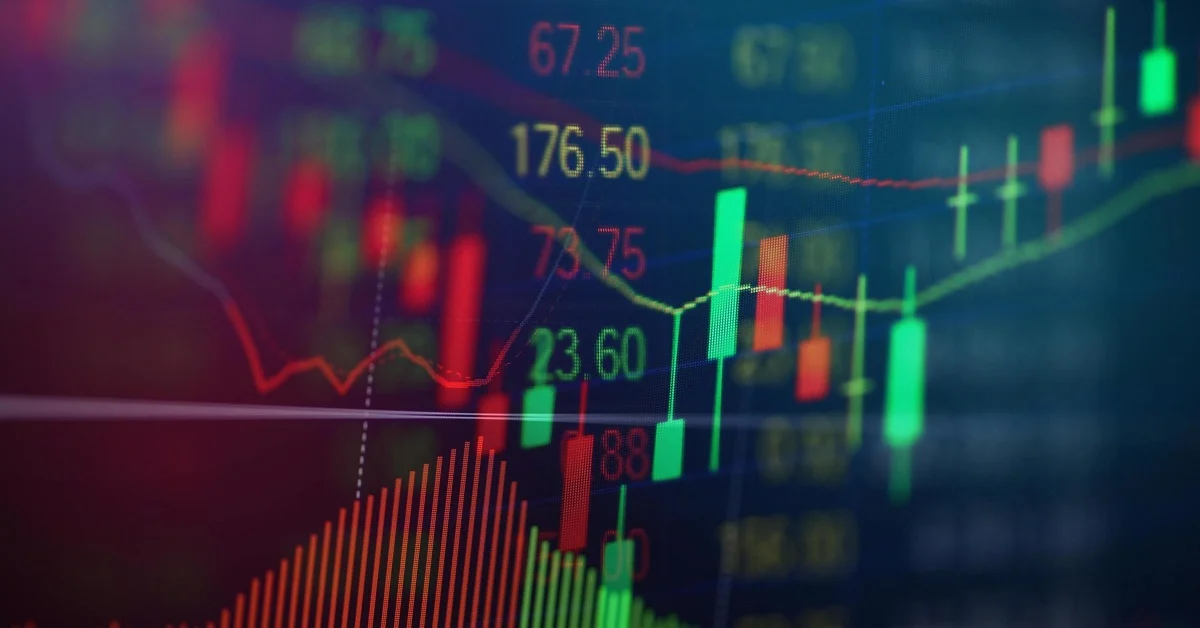In forex trading, leverage is the process of borrowing money to make investments. For example, if you have $100,000 in an account, your broker would lend you another $100,000. With a 1:2 leverage, you would make a 2% profit or loss for every 1% change in the market, while a 5:1 leverage would give you a 10% profit for every 5% move. Forex traders should choose a level of leverage that they feel comfortable with.
Leverage is an important aspect of forex trading because it improves the capital efficiency of a trader. Using a leveraged account enables you to make large profits quickly, diversify your investments, and minimize your risks. Leverage is best for beginners and those with a large amount of money to risk.
Forex leverage allows traders to borrow more money than they can deposit, enabling them to trade larger amounts of currency. This can lead to higher profits and higher losses, but you should always be careful with this kind of leverage. While it can make a trader feel confident, it’s important to remember that the risks are higher, especially if you are using too much leverage.
In the stock market, people use margins to purchase securities, while in the forex market, traders borrow money from their forex broker. Margin is a percentage of the total position, and forex leverage is higher than that. The risk is lower than with stocks because the currency prices fluctuate less than 1% intraday.
The use of leverage increases with the size of the trade. A trader with a 1,000-dollar account may use leverage of 10:1, which means that each pip is worth $1. In this way, if ten pips are against them, that trader would only lose $10, which is 1% of the trading capital. This makes the use of leverage safe for a trader with money management skills.
Besides the risks, the forex leverage has other advantages as well. The higher the leverage, the larger the position size will be. With a broker that offers 100:1 leverage, a trader can take one hundred positions with a $1,000 account. Conversely, a trader with a 50:1 leverage can take fifty positions with $50,000 of buying power.
The best leverage level for a trader is what is comfortable for them. If the trader is new to forex trading, he or she might want to start small and use only a small amount of leverage. A higher leverage ratio is better suited for more experienced traders. It is also wise to consider the risk profile of the trader.
When you use forex leverage, you have the chance of making large profits. However, the risk is greater than the reward. You should be careful not to over leverage yourself, but make sure you use stop losses and a stop loss order to control your risk. The goal should be to make profits by risking less than 1% of your account value. This way, you can earn more profit per trade.


